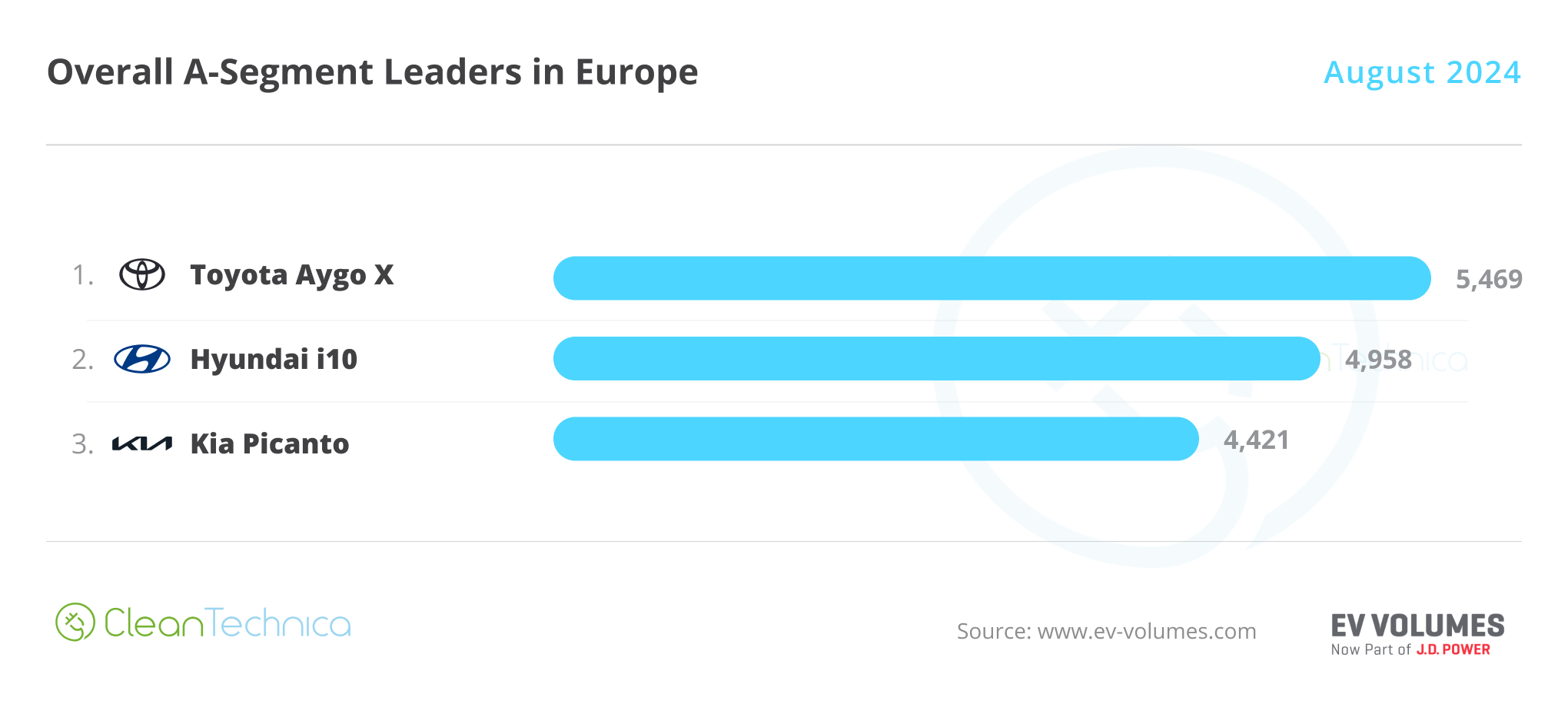Sign up for daily news updates from CleanTechnica on email. Or follow us on Google News!
Recently, the federal government awarded a serious chunk of cash for Amtrak to build a high speed rail corridor between Dallas-Fort Worth and Houston, the state’s two biggest metro areas. The $64 million is supposed to bring previous plans back on track with a shot of funding, but this doesn’t mean Texas will be any faster at getting trains moving.
The California Struggles That Texas Mocked
California’s high-speed rail project, initially pitched as a transformative infrastructure marvel connecting San Francisco to Los Angeles with stops in between, has become emblematic of the state’s struggle with ambitious public works. Since its approval by voters in 2008, with a budget of $33 billion, the project has ballooned in cost, now projected to exceed $100 billion, with significant delays pushing the completion timeline far beyond initial expectations. This saga reflects a confluence of issues that plague large-scale infrastructure projects in the US: unrealistic cost estimates, political interference, and a myriad of technical challenges.
Land and routing has been a big holdup. The project’s route, which was supposed to be straightforward, was altered due to political considerations, leading to a less efficient path through a western stretch of Mojave Desert, adding both cost and complexity. This detour was just one example of how political forces have shaped the project, often prioritizing local interests over efficiency or cost-effectiveness. Such decisions have not only increased the financial burden but also extended the timeline, as each change requires new environmental impact studies, engineering assessments, and community consultations.
Environmental and engineering challenges have been equally formidable. California’s diverse geography, from seismic zones to sinking land in the Central Valley, has necessitated expensive solutions like elevated tracks and extensive tunneling. These adaptations, while necessary, have significantly driven up costs. Moreover, the project’s approach to start construction in the less populated Central Valley, while economically beneficial for the region, has delayed the more complex and costly segments near urban centers like Los Angeles and San Francisco — the very places that are supposed to benefit the most.
Funding has been another critical bottleneck. Despite initial voter approval for a bond measure, the project’s escalating costs have outpaced available funds. Federal support has been inconsistent, and while recent allocations have provided some relief, the gap between what’s needed and what’s available remains vast. This funding shortfall has led to a piecemeal approach, where only segments like Merced to Bakersfield might see completion in the near term, leaving the full vision of a statewide high-speed rail network in doubt.
Conservatives (including Texans) have mocked the project, saying that it’s proof that California’s big government approach to things is responsible for the delays and ballooning costs. For example, Ted Cruz has questioned the whole project’s spending and philosophy, while Greg Abbott has been skeptical about the costs. But, they’ve stayed away from outright mockery due to Texas’ struggles to do a private rail system. Others have been less hesitant:
$11 billion dollar have been spent making California’s High Speed Rail, and it has taken around 3 years to complete, per NYP.
It is 1,600 feet. pic.twitter.com/1SvnaTaZ3Y
— unusual_whales (@unusual_whales) May 11, 2024
Texas Hasn’t Done Anything In A Decade
As I pointed out earlier, Texas politicians have been hesitant to be harsh critics because they know that their own state’s private approach hasn’t worked out, either.
Legal battles, epitomized by the Texas Supreme Court’s decision on eminent domain, reveal a fundamental tension between private development ambitions and property rights, both important to Texas politics. While the court’s ruling in favor of Texas Central’s right to acquire land was seen as a victory, it also highlighted the deep-seated opposition from some landowners and legislators, painting a picture of a state divided over the vision of its future transport landscape.
Financially, the project’s ballooning costs from initial estimates to over $30 billion by 2020, and potentially higher, illustrate a common pitfall in infrastructure: underestimating the complexity and cost of such endeavors. This financial escalation, coupled with the reluctance of private investors and the state’s refusal to fund the project, has left Texas Central in a precarious position, relying on a mix of federal grants, partnerships like that with Amtrak, and international interest, notably from Japan, to keep the dream alive.
Politically, the project has become a battleground, with some seeing it as a step towards a more sustainable future, reducing the reliance on highways and air travel, while others view it through the lens of economic inefficiency or as an unnecessary government overreach. The lack of broad political support, especially at the state level, has been a significant hurdle, with critics arguing that the project’s benefits don’t justify its costs or that it’s a boon for a few at the expense of many.
The recent infusion of federal cash to fund Amtrak’s involvement, along with some support from the Japanese government, seems to have given the project a shot in the arm, but recent reporting indicates that we’re still looking at not turning any shovels of dirt until the 2030s. 70% of the land still needs to be secured, and there’s still significant opposition from rural land owners who will still have political sway despite not being able to stop the forced purchase of their land. Significant business opposition is also in play.
The Sad Truth: It Isn’t Easy Anywhere
While it can be fun to dunk on California, Texas, and maybe even the whole United States for not doing high speed rail yet, the fact is that no country has had an easy time of building high speed rail.
In Japan, the project experienced cost overruns, delays, engineering challenges, and funding woes. When Taiwan (a former Japanese colony that became de facto independent after World War II) adopted the technology, it had the same challenges and setbacks, and was forced to throw away initial plans for a public private partnership.
More recently, China has made a globally famous HSR system, but the costs have not been covered. Only a fraction of the routes pay for themselves, with other lines struggling for upkeep and frequent service. Promises of economic revitalization driven by rural lines have remained largely unfulfilled.
Instead of trying to cast all of these projects as failures, it may be better to just be more realistic about high speed rail. It’s not the kind of project that often becomes profitable, but the benefits of lower emissions and eased congestion on major highways between metro areas can still make them worth the cost in more indirect ways.
Featured image: a map of the proposed route for high speed rail in Texas. Image by Texas Central.
Have a tip for CleanTechnica? Want to advertise? Want to suggest a guest for our CleanTech Talk podcast? Contact us here.
Latest CleanTechnica.TV Videos
CleanTechnica uses affiliate links. See our policy here.
CleanTechnica’s Comment Policy





